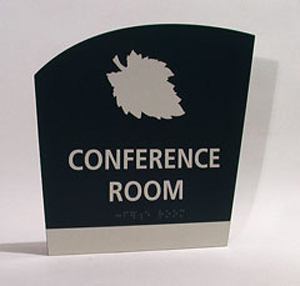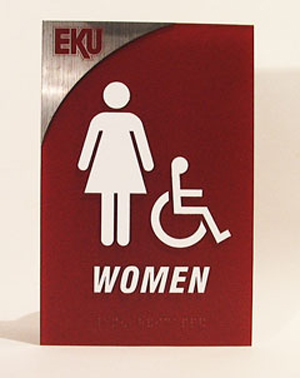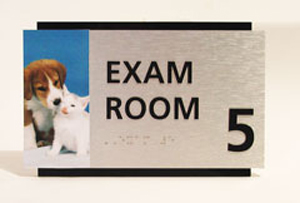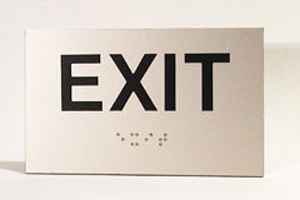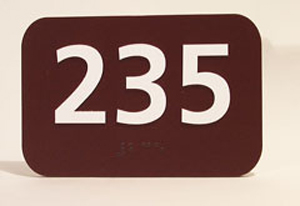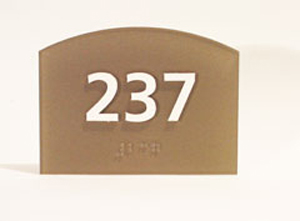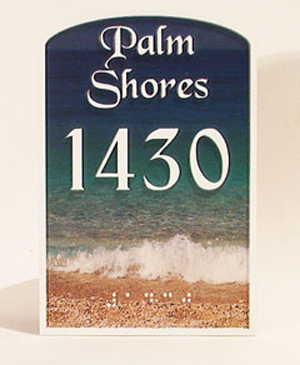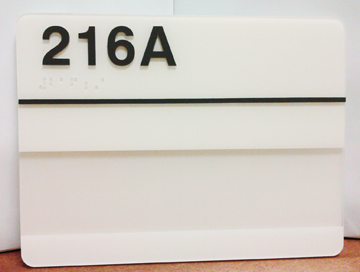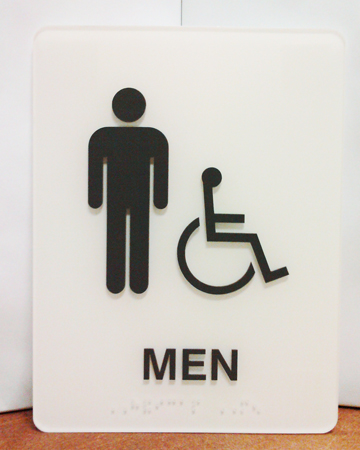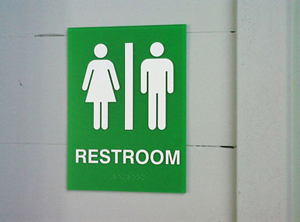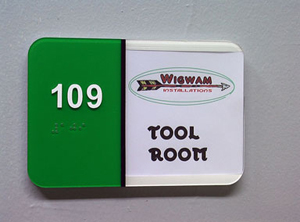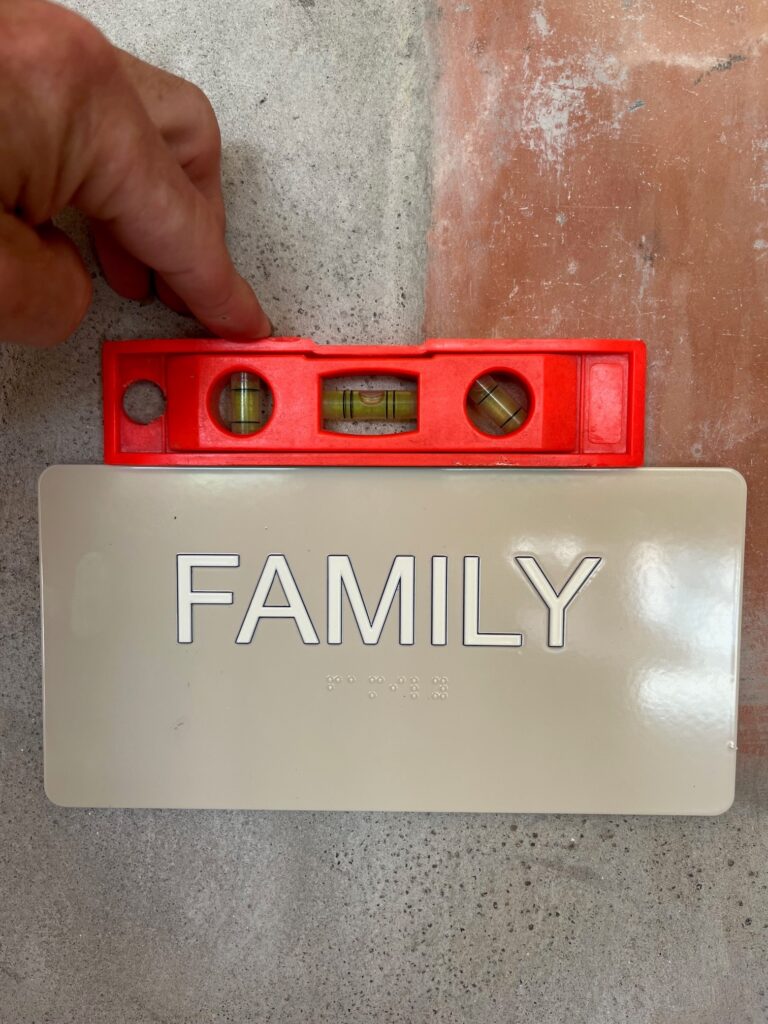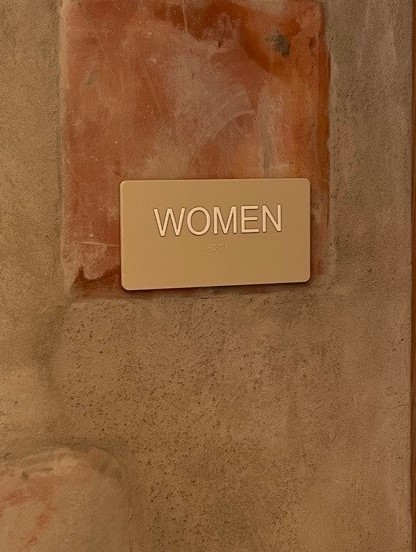Your cart is currently empty!
ADA Room Signs
ADA signage is required by the Americans with Disabilities Act of 1990 (ADA) which requires proper signage in all public spaces to ensure that persons with sensory disabilities are able to locate and read, visually, or by tactile touch. These signs include features such as raised or Braille characters, high-contrast colors, easy-to-read fonts, and pictograms or symbols that convey information visually. Here are some examples of ADA signage:
- Wayfinding signage: These signs are used to indicate floor levels, staircases, and exits.
- Restroom signs: ADA compliant signs are required for restrooms.
- Elevator and escalator signs: These signs are used to indicate the presence and location of elevators and escalators.
- Room identification signs: Every permanent room, such as a dining area, conference room, or storage room, requires ADA signage.
These signs are required in all U.S. public buildings, including businesses, apartments, offices, and even home businesses with visiting clients or employees. The size of an establishment does not provide an exemption from federal regulations. Only prisons and buildings eligible for the National Register of Historic Places do not need to comply with ADA sign requirements.
ADA compliant signs in public spaces must include a pictogram, tactile text, Braille, or a combination of these to ensure that people with disability can navigate the area easily and safely. The ADA’s Standards for Accessible Design 2010 lists all the signage rules and requirements, which are specified according to the sign’s purpose.
It’s important to note that ADA sign requirements can vary by state and local jurisdictions, so it’s always a good idea to check with your local building inspector to confirm ADA signage compliance. (excerpt from ADA Standards click here)
